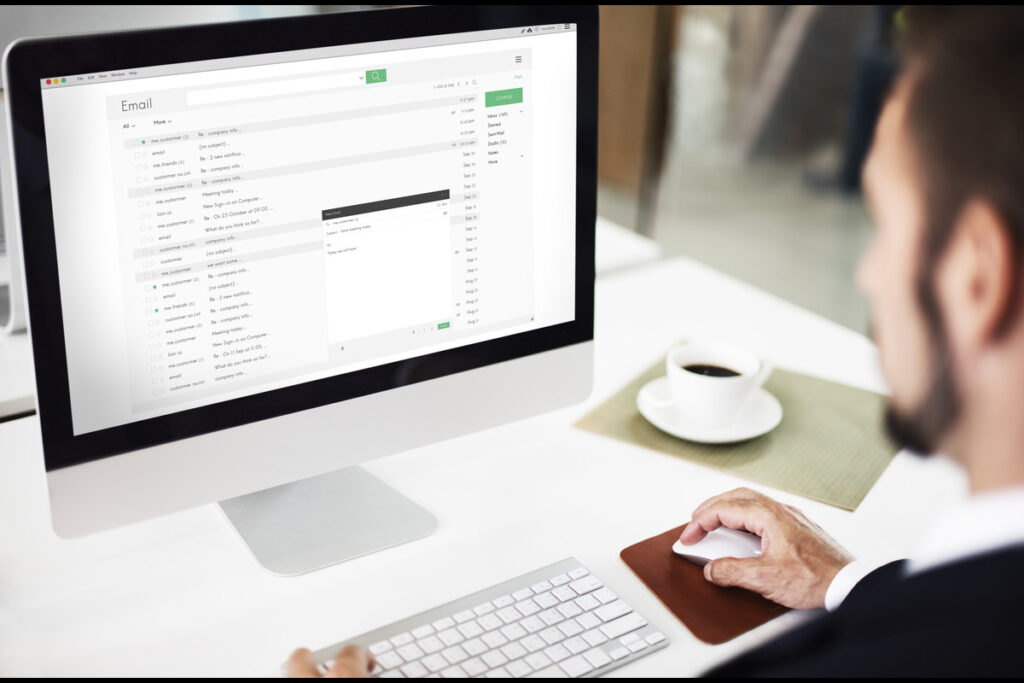

Leave applications are an essential part of professional communication. Whether you’re requesting time off for personal reasons, illness, or other commitments, a well-written leave application ensures clarity, maintains transparency, and provides proper documentation of your absence. Using the correct leave application format is crucial for efficient approval and helps maintain a professional image. In this guide, we will discuss the purpose of a leave application, the importance of following the proper format, and the different types of leave applications you may need to write. By understanding the structure and details of each type, you can ensure that your request is clear, respectful, and more likely to be approved.

The primary purpose of a leave application is to inform your supervisor or HR department about your intended absence from work. It provides the necessary information to enable them to manage your absence effectively, whether for a short leave or an extended period. By adhering to the proper leave application format, you ensure that your request is clear, organized, and easy to process. Furthermore, a well-crafted leave application helps maintain accurate records for payroll and attendance while ensuring compliance with company policies.
Adhering to the correct leave application format is essential for maintaining professionalism and clarity. A well-structured application demonstrates respect for your organization’s procedures and facilitates a more efficient review by your supervisor. By including only the necessary information and avoiding irrelevant details, you streamline the approval process. Following the proper leave application format not only showcases your organizational skills but also fosters a quicker and more favorable response to your request.
Absence due to illness is one of the most commonly written types of leave application in both work and educational settings. A leave application format for sick leave typically requires a medical proof, such as a doctor’s note or prescription, to validate the reason for your absence. In the workplace, there are often specific policies and regulations that govern medical leave, ensuring that employees follow the correct procedures and provide the necessary documentation to support their requests.
This type of leave covers maternity and paternity leave during pregnancy and childbirth. To avail of this leave, you can submit a leave application format along with the necessary medical documents. The application should include details such as the expected duration of the leave, and providing medical proof will ensure the process runs smoothly and by company policies.
This type of leave is difficult to obtain if you are a working professional. However, if you apply at least 1 month before your vacation, there are high chance that the company will approve your trip application.
You need to seek permission well in advance if you want to leave for a short trip. Moreover, you can also obtain this leave from your paid leave quota.
To apply for half-day leave, you need to write a leave application for the manager. Moreover, make sure to complete all your work on time so that you can get work off easily.
A person requires one day’s leave only for urgent purposes. Hence, if you write an application leave one day before your absence, the company will provide you approval on an urgent basis. However, if the company doesn’t find your reason to be genuine, then the chances of approval may get low.
Also Read:- Notice Writing: Types, Samples, Format Examples & Tips
If you are in the office, it might be difficult to get casual leave unless you have a genuine one. However, in school and college, you can get casual leave at the cost of your attendance.
Guidelines regarding paid leaves are generally mentioned in the handbook of the company. Therefore, you must be aware of them and make sure you get compensation for your absence. In some cases, there is a specific percentage of deduction that varies from company to company.
This type is the best form of leave that an employee earns with his/her hard work during work. However, you must apply for a privileged leave before 2 weeks of your absence. Hence, you can use this leave for any purpose you wish, such as entertainment, vacation, etc.
In this type of leave, a paid-off is granted to the employees for a stipulated time. Moreover, you can use annual leave for any purpose you wish.
There are situations where you need to take leave urgently. Therefore, you must draft an application stating the clear reason for absence for whatever time you require.
This leave is given by the company to the employees after the death of a close one. Moreover, the period of bereavement leave can be from 3-7 days. An employee should write a formal bereavement application to seek absence from work for the required number of days.
The heading of your leave application is the first impression you make. You need to ensure that it includes the date, your address, and the recipient’s address. This sets the stage for a professional and organized request. It’s also essential to mention what type of leave you’re applying for.
Tailoring your salutation to the specific context is essential. Use formal salutations for professional settings and choose appropriate ones for academic or personal contexts. This small gesture shows the overall professionalism of your application.
You need to be very clear and concise in the opening paragraph. Give a brief description of your leave and the dates for which you are seeking time off. This upfront communication helps the recipients quickly grasp the essentials of your request.
Following the clear and concise opening, the body of your leave application should provide a brief yet professional explanation of the reason for your request. Whether it’s for personal, medical, or any other legitimate reason, it’s important to communicate your need for leave respectfully and clearly. If relevant, assure the recipient that your responsibilities will be handled during your absence, or that you have made necessary arrangements to ensure there is no disruption to work. Keep the tone polite and professional throughout.
In the closing paragraph, express gratitude for considering your application. Include your contact details for any further communication. This not only shows professionalism but also facilitates easy follow-up if needed.
At the end of your application, with a formal closing in a professional setting, ensure consistency in your tone throughout. Tailor the closing based on the context- a touch of personalization goes a long way.
Writing a leave application doesn’t have to be stressful. Here are some pointers for crafting a strong leave request letter:
Make sure your justification for the leave is stated clearly and succinctly in your Leave Application. Refrain from utilizing cryptic or unclear wording that could mislead your management or employer.
Use a professional format for your leave application. Include the recipient’s name and address, the date, the salutation, the body paragraphs, the closing, and your signature. Make sure you have included all relevant information. Include the dates of your requested leave and any relevant information.
Give your employer ample notice when requesting time off. Whenever possible, submit your leave application at least two weeks in advance.
Clearly explain why you need time off in your leave application. Explain the importance of your leave for personal reasons. A medical appointment, a family event, or a vacation could be the reason. This will help your employer understand why they should grant your request.
It would be helpful if you could suggest alternative solutions during your absence. This will minimize disruption to workflow. It will also assist with delegating tasks while you are away.
Make sure your leave application is written politely and respectfully. Thank them for considering your request. Before going on vacation or taking time off, assure them you will fulfill your responsibilities.
Remember that each organization may have specific policies regarding leaves. Following these recommendations can increase the likelihood of receiving approval more quickly!
When it comes to writing a leave application, having examples can be incredibly helpful. They provide guidance and inspiration, helping you write your application with confidence. Here are a few sample leave request letters to get you started.
If you need to take time off due to illness or medical treatment, this type of application is essential. Be sure to include relevant medical information and any documentation required by your employer’s policies.
If you’re requesting general time off or vacation, It should include the date of your planned absence from your institution or any necessary details about coverage.
When you are faced with unexpected family emergencies or personal problems that require immediate attention, use this type as a guide. Clearly state the nature of the problem or emergency and how much time you require to take off, following the correct leave application format.
Leave Application Format: As we conclude our exploration of crafting effective leave applications, let’s review the essentials. A well-structured leave application format is more than a mere formality; it reflects your professionalism and respect for workplace norms. By applying the tips provided, understanding various types of leave applications, and using sample formats, you’ll excel in creating leave requests that make a positive impact. Taking a break is crucial, and how you request it is important. Equip yourself with the proper leave application format and confidently navigate the process of writing leave applications.
As you embark on your journey to master the art of crafting impeccable leave applications format, we invite you to explore the myriad educational resources offered by Chegg India. Committed to fostering academic success, Chegg India stands as a reliable partner for students and professionals alike.
Ans. Receiver’s address.
Salutation.
Body of the letter (including the reason for leave, number of days with particular dates, date of return)
Complimentary closing.
Ans. Dear Mr./Mrs. {Recipient’s Name}, I am writing to request a leave of {X days} from {start date} to {end date} since I have to attend to a medical emergency of a close relative. As the relative is situated in Uttarakhand, I will have to be away for {X days}. I will resume work from {mention date}.
Ans. Dear Mr./Mrs. {Recipient’s Name}, I am writing to request a leave of {X days} from {start date} to {end date} since I have to attend to a medical emergency of a close relative. As the relative is situated in Uttarakhand, I will have to be away for {X days}. I will resume work from {mention date}.
Ans. Dear [Manager’s Name], I am writing to request leave from [start date] to [end date] for [reason for leave]. During my absence, I will ensure that all my work is completed or delegated to another team member. I will also provide my contact information in case of any urgent matters that require my attention.
Ans. A valid reason for leave can include personal illness, family emergencies, medical appointments, or other unexpected events.

Authored by, Amay Mathur | Senior Editor




Amay Mathur is a business news reporter at Chegg.com. He previously worked for PCMag, Business Insider, The Messenger, and ZDNET as a reporter and copyeditor. His areas of coverage encompass tech, business, strategy, finance, and even space. He is a Columbia University graduate.
Editor's Recommendations
Chegg India does not ask for money to offer any opportunity with the company. We request you to be vigilant before sharing your personal and financial information with any third party. Beware of fraudulent activities claiming affiliation with our company and promising monetary rewards or benefits. Chegg India shall not be responsible for any losses resulting from such activities.
Chegg India does not ask for money to offer any opportunity with the company. We request you to be vigilant before sharing your personal and financial information with any third party. Beware of fraudulent activities claiming affiliation with our company and promising monetary rewards or benefits. Chegg India shall not be responsible for any losses resulting from such activities.